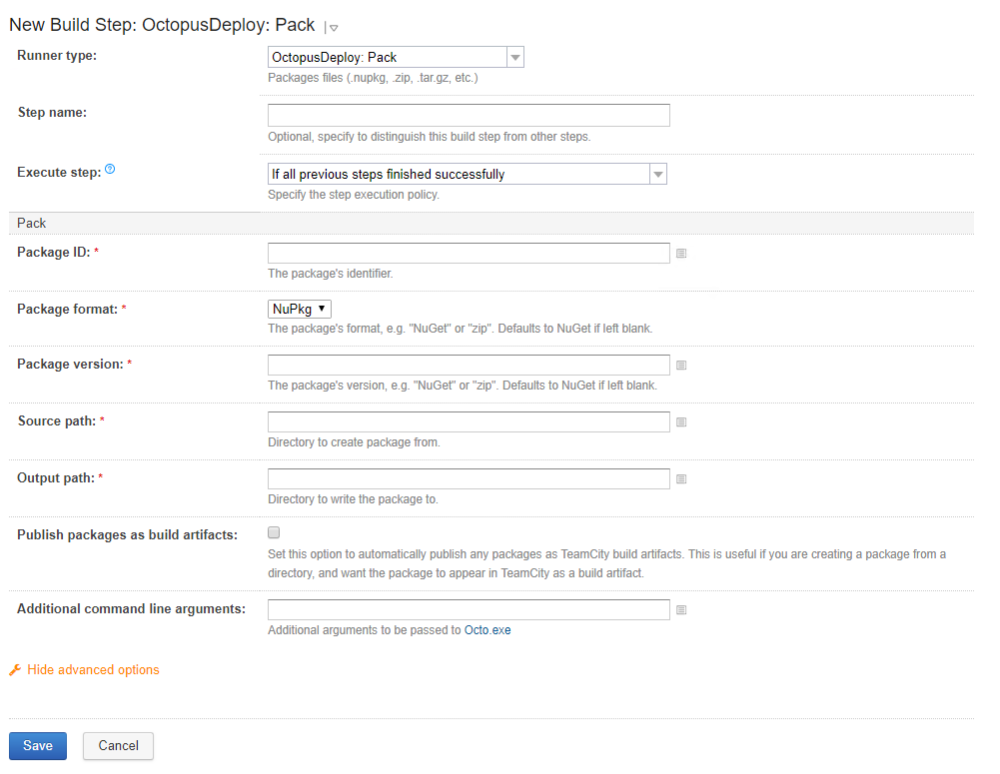

Use build parameters to create flexible names. (Optional) Specify the subdirectory that contains the artifacts, relative to the base artifact directory.Įnter the subdirectory only if you specified an incomplete path to the artifacts in the Base Artifact Directory field.Įnter the name of the new version to create for the artifacts. Leave this field empty to use the source directory of the build, %%, as the default location. Specify the TeamCity directory that contains the artifacts. (Optional) Enter a parameter that sets special conditions for uploading the artifacts, overriding the Publish Version setting.Įnter the name of an existing DA component to which you want to upload the artifacts.

(Optional) Select this option to upload the artifacts to Deployment Automation. In this case, leave the Password field empty.įor details on how to configure build parameters, see the TeamCity documentation. (Optional) Specify a parameter to be used as a password to Deployment Automation. Make sure you have permission to upload and deploy versions in DA. Specify the path to your Deployment Automation server, for example, UsernameĮnter your login for connecting to the Deployment Automation server.Įnter your password for connecting to the Deployment Automation server. (Optional) Enter a name to distinguish this step from others. You have already selected the Micro Focus Deploy runner type in the earlier step. The build step settings are displayed.ĭefines how to run a build and report its results.

On the Plugin List page, click Upload plugin zip and upload the plugin file. In TeamCity, navigate to Administration, and select Plugin List under Server Administration.

To install the Deployment Automation TeamCity plugin:ĭownload the plugin zip file, for example, MicroFocusDeploy-_.zip. The Deployment Automation TeamCity plugin is available on the Software Licensing and Downloads portal (requires login).


 0 kommentar(er)
0 kommentar(er)
